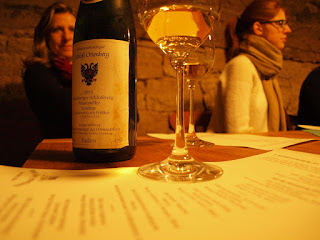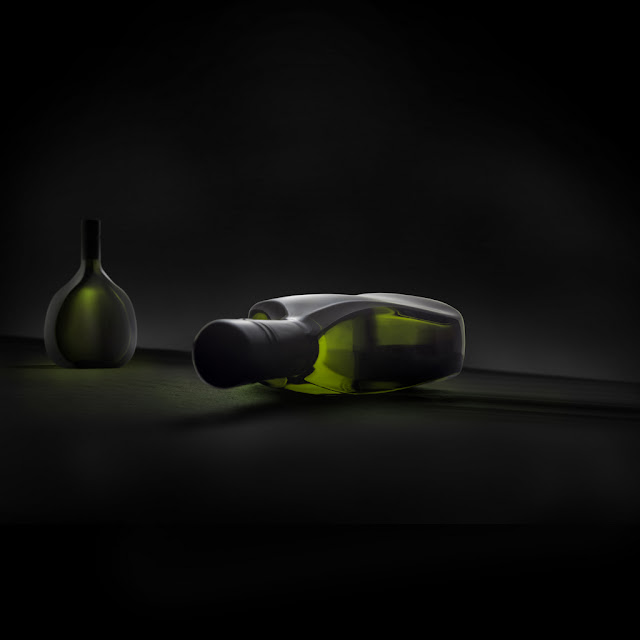Have you
ever heard of a grape variety called Domina? Well, no worries, Domina only plays
a minor role in the German wine market and has only locally some importance. The
total vineyard area of Domina is about 400 hectares and almost 85% (340 ha) are
planted in Franconia (Franken). Here it has got some awareness as this region originally
is a designated white wine region and yes, Domina is a red variety.
Typically
wines made from Domina are deep red, almost black, full bodied but earthy and
high in acid and tannins. Earthy and smoky flavors, paired with dark fruit like
blackberry make up their bouquet. They usually don’t reach to the elegance of a
Pinot Noir (aka Spätburgunder), which is also widely grown here, but
nevertheless it has got its fan base among the red wine connoisseurs. This is
why you find lots of pure Domina wines in Franconia, whereas in other regions
it is often used as a partner in blends to take advantage of the dark color and
its extracts.
So, where
is the hook to the headline? What is so sexy about this all? Well, in Germany
the word Domina nowadays has quite a juicy sound. The original meaning of it (abbess)
is not in use anymore but it is used now for a dominant lady in a sexual
meaning (in English: Dominatrix). Think of black leather, strong and dominant
attitudes, that’s what the Domina wines are associated with. What a marketing
coup, isn’t it?
Well, to
come to the defense of the cultivator of the grape, Peter Morio, when he
crossbred this grape from its parents the Blauer Portugieser and Pinot Noir
back in 1927 the word Domina still got its original meaning. What a prospective
naming!
 Today, with
respect to our understanding of self-determination and the right of sexual autonomy,
the sexual card isn’t played much in the marketing of the Domina wines anymore,
but recently I found an old billboard with an ad for Domina wines, leading the
way down to the cellars of a big cooperative winery. At least this made me
quite curious about what I would be faced with in the deep dark vaults of the cellar.
So you see, it still works!
Today, with
respect to our understanding of self-determination and the right of sexual autonomy,
the sexual card isn’t played much in the marketing of the Domina wines anymore,
but recently I found an old billboard with an ad for Domina wines, leading the
way down to the cellars of a big cooperative winery. At least this made me
quite curious about what I would be faced with in the deep dark vaults of the cellar.
So you see, it still works!In other words: Ten weeks of workout can make you feel sexy again, so does one bottle of Domina.





















